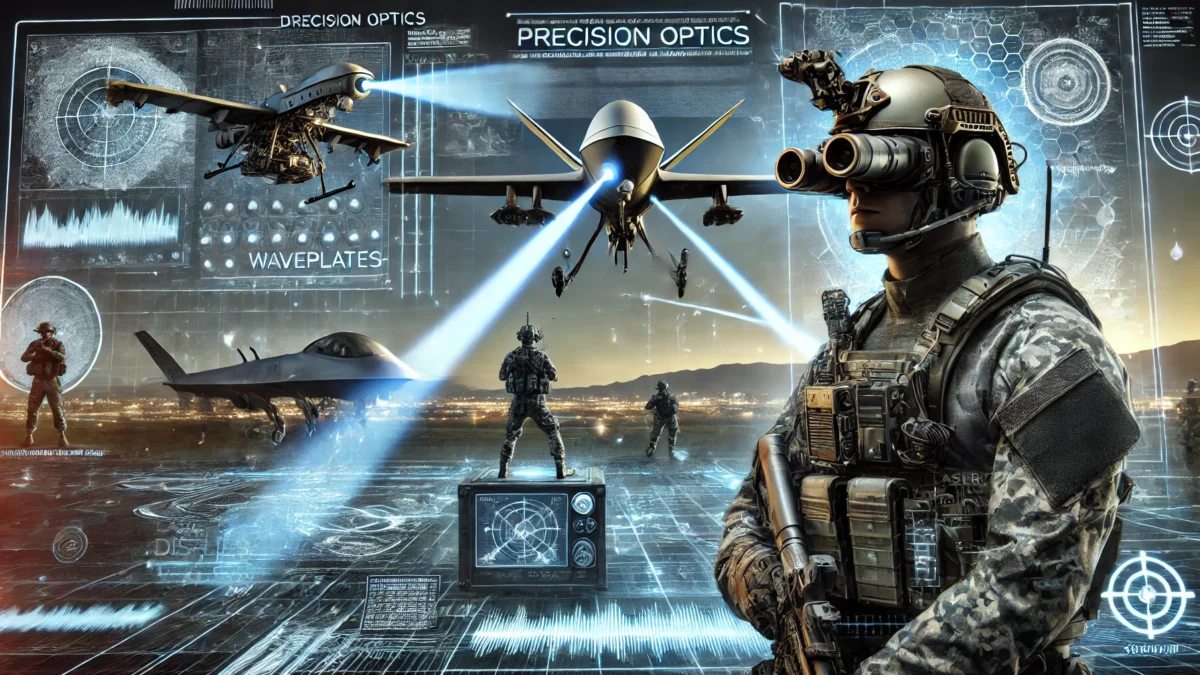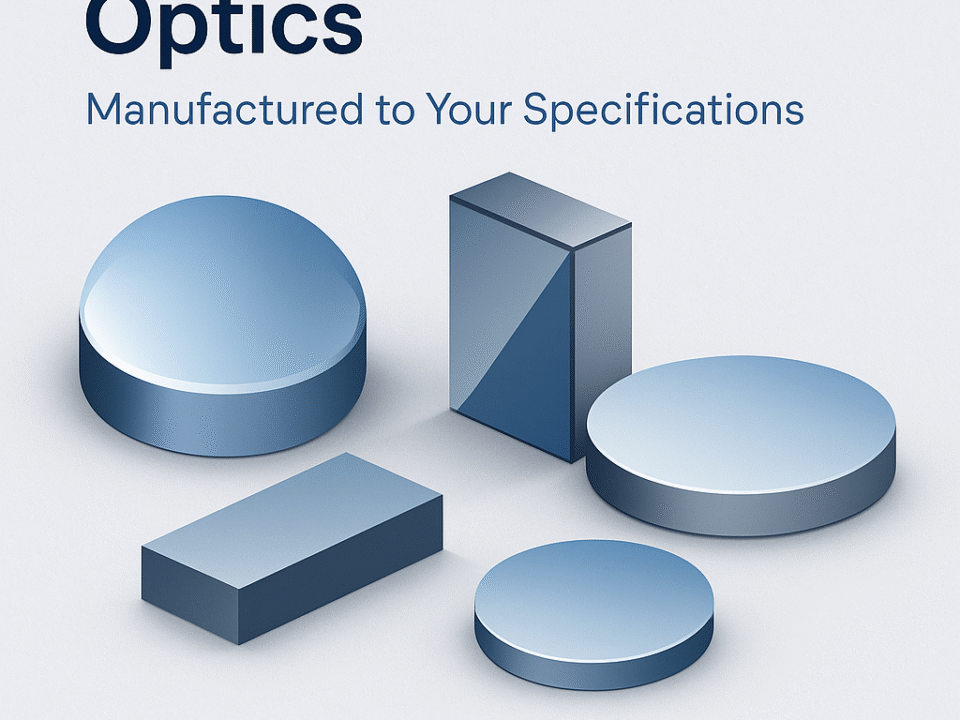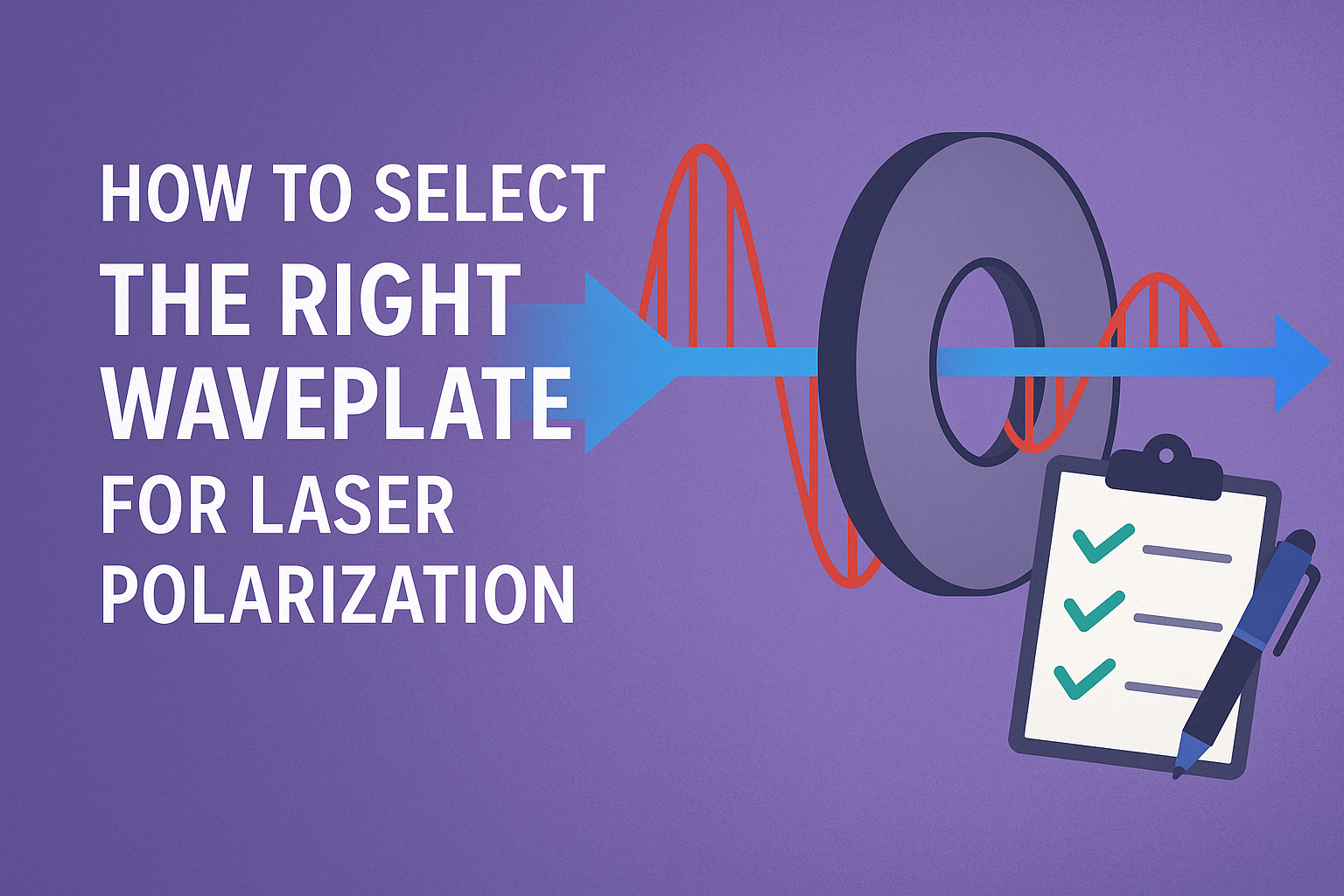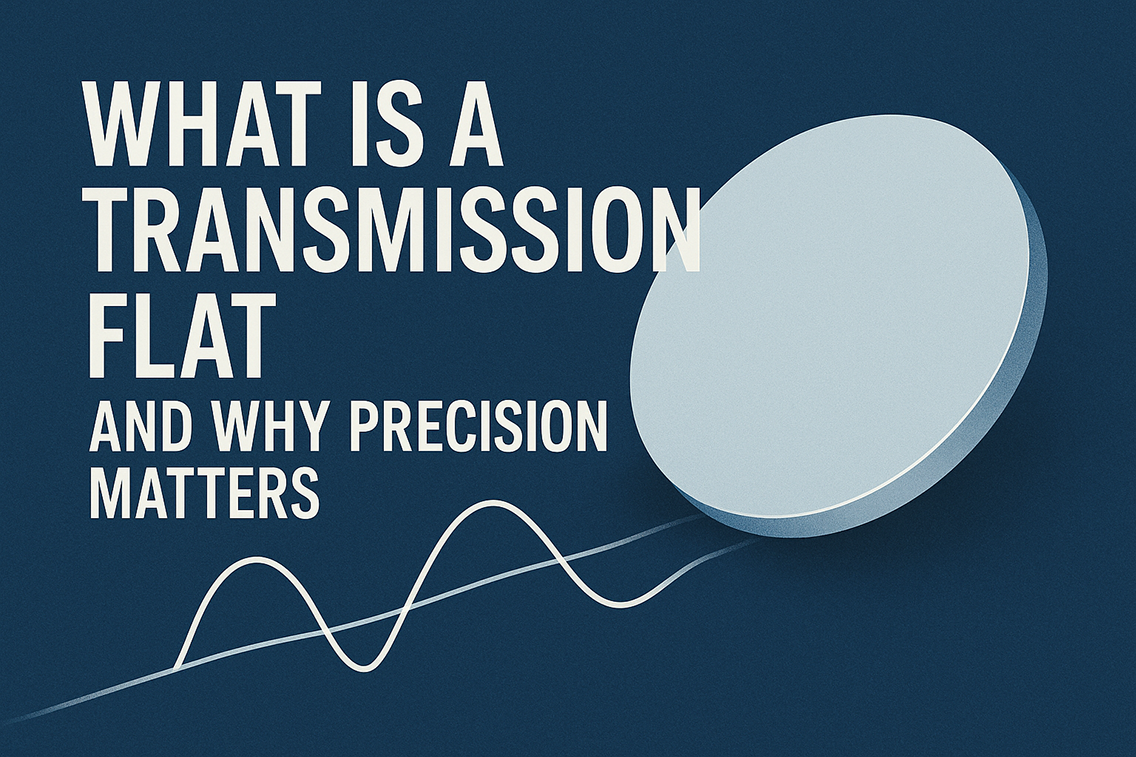
Tower Optical to Exhibit at SPIE Photonics West 2025
Monday, 13 January, 2025
Tower Optical Renews ISO 9001:2015 Certification, Affirming Commitment to Quality Management Excellence
Tuesday, 4 February, 2025In the modern battlefield, precision is everything. The ability to see, track, and engage targets with accuracy can mean the difference between mission success and failure. Precision optics are at the heart of many advanced defense systems, enabling enhanced surveillance, targeting, communication, and navigation. From night vision systems to missile guidance, optical components such as waveplates, lenses, prisms, and optical coatings play a crucial role in safeguarding national security. Companies like Tower Optical provide high-quality, military-grade optics that help ensure the effectiveness of these defense technologies.
1. Optical Systems in Targeting and Guidance
One of the most vital applications of precision optics in defense is in targeting and guidance systems. These systems rely on advanced optical technologies to accurately identify and engage threats, reducing collateral damage and increasing mission success rates.
- Laser Target Designators (LTDs): These systems use precision optical lenses and waveplates to control and focus laser beams, marking targets for guided munitions. The ability to maintain beam coherence and control polarization ensures maximum accuracy.
- Missile Guidance Systems: Infrared seekers, laser rangefinders, and electro-optical tracking systems rely on precision optics to detect and track moving targets. Waveplates and optical coatings help maintain signal integrity even in harsh environments.
- Smart Weaponry: Precision-guided munitions use advanced optics to adjust trajectory mid-flight, increasing accuracy and effectiveness.
Example: The U.S. military’s Joint Direct Attack Munition (JDAM) system relies on precision optics for laser guidance, allowing conventional bombs to be converted into smart weapons.
2. Surveillance and Reconnaissance Optics
Modern warfare depends on real-time intelligence gathered through high-resolution imaging systems. Precision optics are critical in aerial, ground, and space-based surveillance, providing military forces with a tactical advantage.
- Drones and UAVs: Unmanned aerial vehicles (UAVs) use high-resolution optical sensors, waveplates, and prisms to capture detailed images of enemy movements. Optical coatings help reduce glare and enhance image clarity.
- Infrared and Thermal Imaging: Military forces rely on infrared optics for night vision and thermal imaging, allowing soldiers to detect targets in complete darkness or through smoke and fog.
- Satellite Reconnaissance: Military satellites use advanced optics to provide high-resolution images from space, supporting battlefield intelligence, mapping, and missile defense systems.
Example: The MQ-9 Reaper drone, used extensively by the U.S. military, is equipped with an advanced optical payload that includes infrared cameras and laser designators for reconnaissance and targeting.
3. Optical Communication and Electronic Warfare
Optical technology is not only used for surveillance and targeting but also plays a key role in secure military communication and electronic warfare.
- Laser Communications: Optical fiber and free-space laser communication systems allow secure, high-speed data transmission over long distances. Waveplates and optical coatings ensure minimal signal loss and interference.
- Electronic Countermeasures (ECM): Optical jamming devices use lasers and infrared emitters to disrupt enemy guidance systems, preventing missile lock-on and disabling surveillance equipment.
- Head-Up Displays (HUDs): Military aircraft and vehicles use precision optics in HUD systems to provide pilots and operators with real-time targeting and navigation information.
Example: The U.S. Navy’s AN/SEQ-3 Laser Weapon System (LaWS) utilizes precision optics to focus high-energy laser beams on enemy drones and boats, neutralizing threats with pinpoint accuracy.
4. Ruggedized Optics for Harsh Environments
Military operations take place in extreme conditions, requiring optics that can withstand shock, vibration, temperature fluctuations, and exposure to the elements.
- Ballistic-Resistant Optics: Military-grade lenses and windows are designed to resist impacts and debris, ensuring continued functionality in combat zones.
- Anti-Reflective and Protective Coatings: These coatings enhance performance in bright conditions while protecting optical surfaces from scratches, dust, and moisture.
- High-Durability Materials: Sapphire and borosilicate optical windows provide exceptional resistance to heat and physical stress, ensuring longevity in military applications.
Example: The Apache AH-64 attack helicopter uses advanced optics and ruggedized infrared sensors to ensure visibility in extreme weather conditions and battlefield environments.
Tower Optical: Supporting National Defense with Precision Optics
As a leading provider of high-quality optical components, Tower Optical plays a crucial role in supporting military and defense applications. With expertise in manufacturing waveplates, optical lenses, and custom optical solutions, Tower Optical ensures that the U.S. military and defense contractors receive optics that meet the highest standards of accuracy, durability, and performance.
Conclusion
Precision optics are a fundamental part of modern defense technology, providing superior targeting, surveillance, communication, and protection. From advanced missile guidance systems to high-resolution reconnaissance, optical components enhance military capabilities and contribute to national security. With continued advancements in optical engineering, companies like Tower Optical are at the forefront of developing next-generation military optics, ensuring that defense forces remain equipped with the best tools to protect and defend the nation





